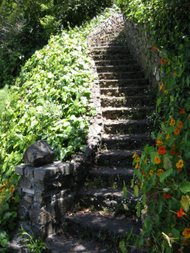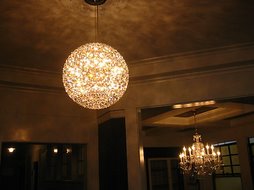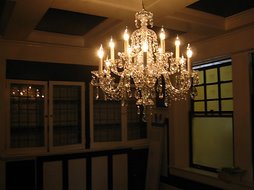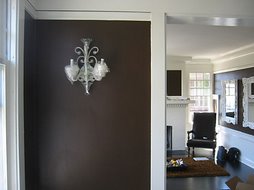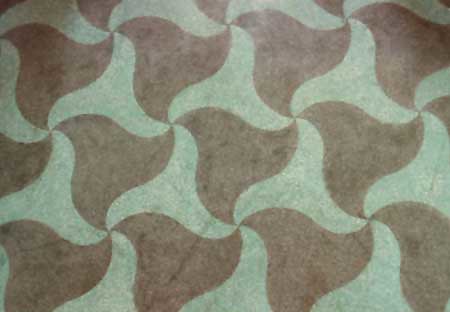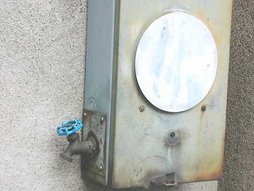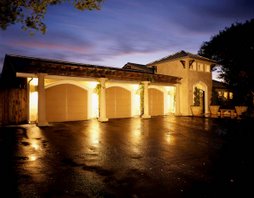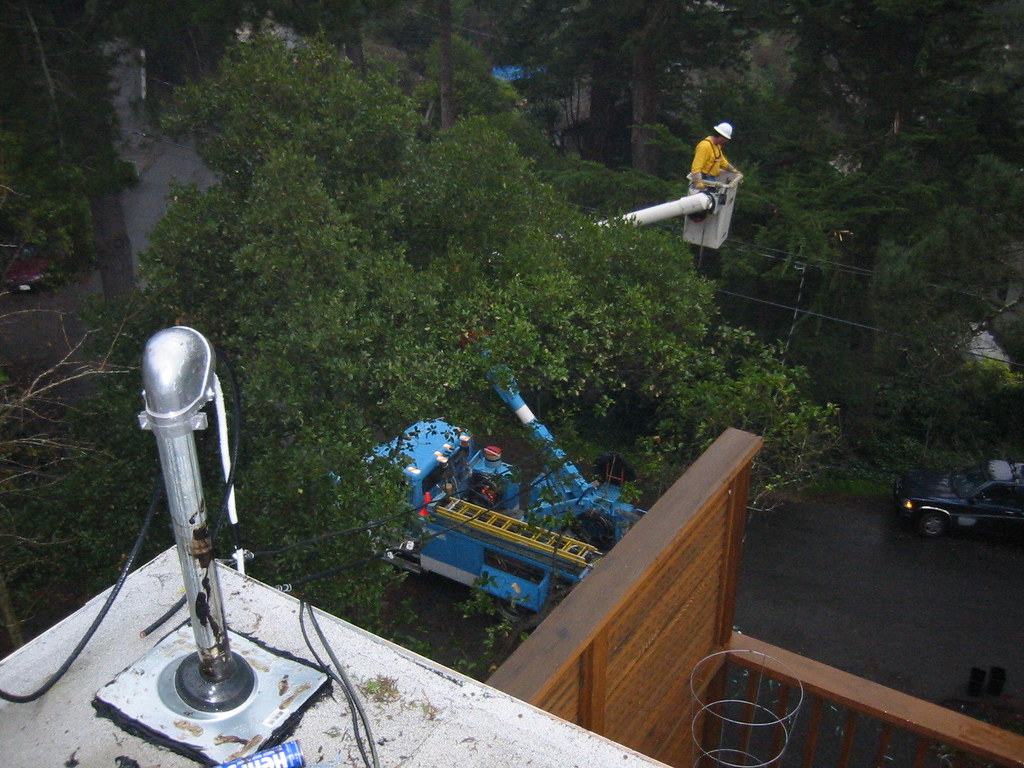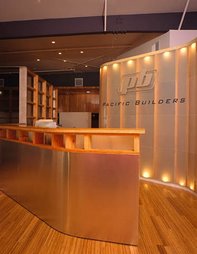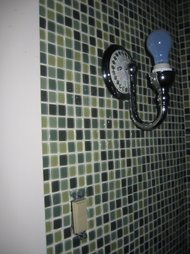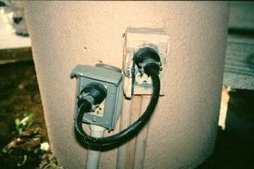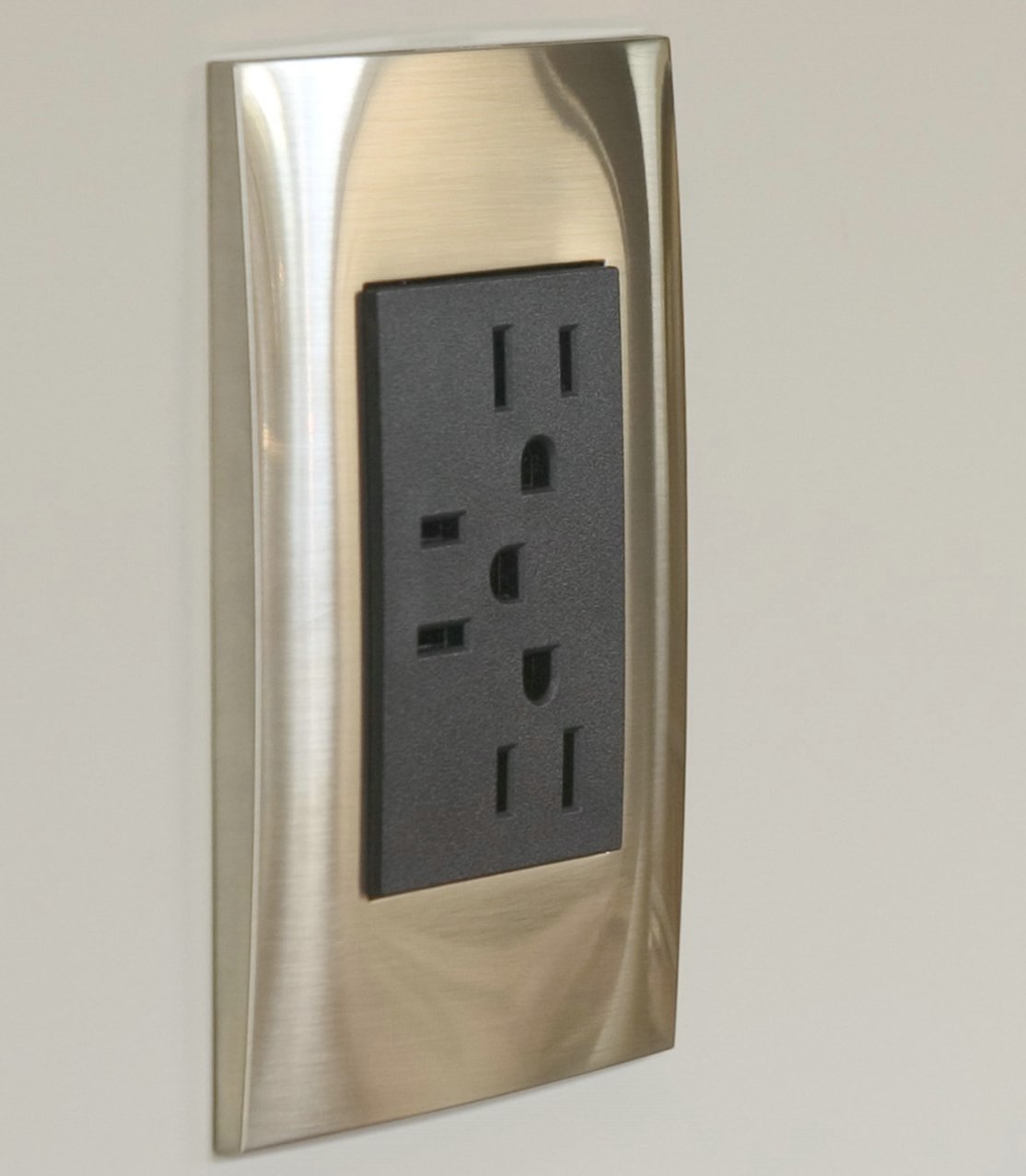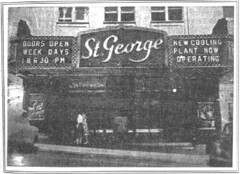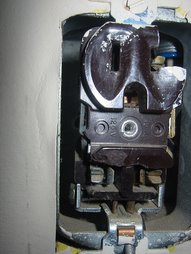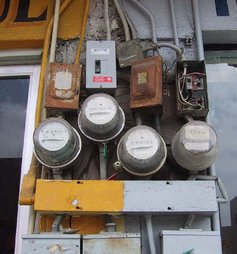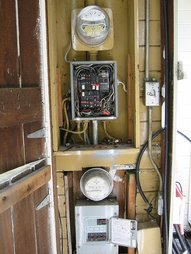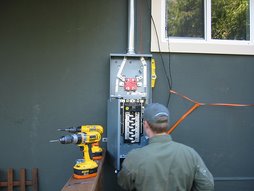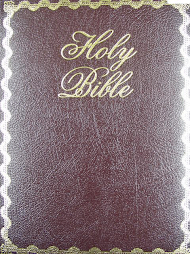





Oil paintings can be difficult to light because of the spectral highlights that are created when intense light is directed at the painting. A broad-based light source is best for lighting an oil painting. Acrylic paintings are not glossy and consequently don't have the glare problems associated with oils or artwork framed under glass. Any type of light source can be used.
Reflection and glare are often problems with artwork that has been placed behind glass. Nonreflective glass and proper placement of lighting can help solve these problems. To highlight all dimensions, sculpture is ideally lit from three different angles. Most sculpture, however, is lit by a single light directly above the piece (generally a recessed light).
The Importance of the Frame
The options for lighting a piece of art depend on how the piece is framed. A piece of art or wall sculpture that does not have a frame can be illuminated with lighting not attached to the artwork, such as a mantel light, spotlight, track light or recessed light. Small frames cannot support an attached picture light. Light them as described above, with a fixture that is not attached to the artwork. A substantial frame can support the weight of an attached picture light. When choosing a picture light, consider the frame's width and depth.
Types of Light
Incandescent Lights: Standard incandescent light bulbs create a warm color that brings out the yellows and reds in art while flattering the blues and greens. Halogen Lights: Halogens cast the purest white light, making them ideal for illuminating most art. They do generate a lot of heat, however, and must be placed far enough away that the heat doesn't affect the artwork.
Fluorescent Lights: Fluorescent lighting distorts the color of artwork, and the high level of ultraviolet rays emitted by fluorescent lights damages works of art by causing accelerated fading. Fluorescents are not recommended for lighting artwork.
LEDs still lack punch but is useful to increase the general lighting level on the artwork which can be made to "pop" with the halogen or Metal Halide accent

Fixture Styles
Picture lights hang directly over a painting or are attached to the frame. A traditional picture light is about 3" in diameter and complements classic and traditional artwork. A slimline picture light is smaller than a traditional picture light, about 1" in diameter, and fits well with more contemporary pieces. Picture lights are available in a variety of styles and finishes and come in lengths ranging from 12" to 48". Both traditional and slimline picture lights use incandescent lightbulbs, and some are battery-powered.
Mantel lights and spotlights are placed in front of the artwork and usually sit on a mantel or a shelf. They light the artwork from the bottom and are less noticeable than a picture light.
Track lighting is the most flexible way to light art. A track can hold several lights. Track lighting can be used to light a wall evenly from floor to ceiling or to accent one or more pieces of art.
Recessed lights lie flush with the ceiling and are very subtle, but they have a limited range of movement. Recessed lighting is commonly found in newer homes, installed when the homes are built.
Position and Intensity of the Light
Reduce Glare: Place the light at a 30-degree angle to the work of art to minimize glare. Add 5 degrees to the angle for a larger frame, to avoid casting a shadow. Subtract 5 degrees from the position to accent the texture of a painting.
Avoid Heat Damage: Place lights far enough away from a painting to avoid possible heat damage. Heat can crack oil paintings. Take special care when using hot halogen lights. To test the heat from your lights, put your hand between the art and the light source. If you can feel heat from the light, it could potentially damage an oil painting.
Intensity: The general rule for accenting a piece of art is to light it three times brighter than the rest of the room.
For lighting objects on a wall, the wall itself, or any vertical surface, position the track and the fixtures as shown at right.

Generally, fixtures should be aimed at a 30 degree angle from the vertical to prevent light from shining in anyone's eyes and to avoid disturbing reflections on the surface of the object. Usually, one fixture is required for each object being accented.
Measure the distance ("B" to "C") from wall, on ceiling as shown in the table below.
Mount track at "Location" ("A" to "B") from wall, on ceiling, as shown in the table
(Example: The distance from the ceiling to the center of the painting is 4 ft. Mount the track on the ceiling 27" away from the wall.)
A to B Location
in inches
B to C Distance
in feet
13"
20"
27"
34"
41"
2 feet
3 feet
4 feet
5 feet
6 feet





